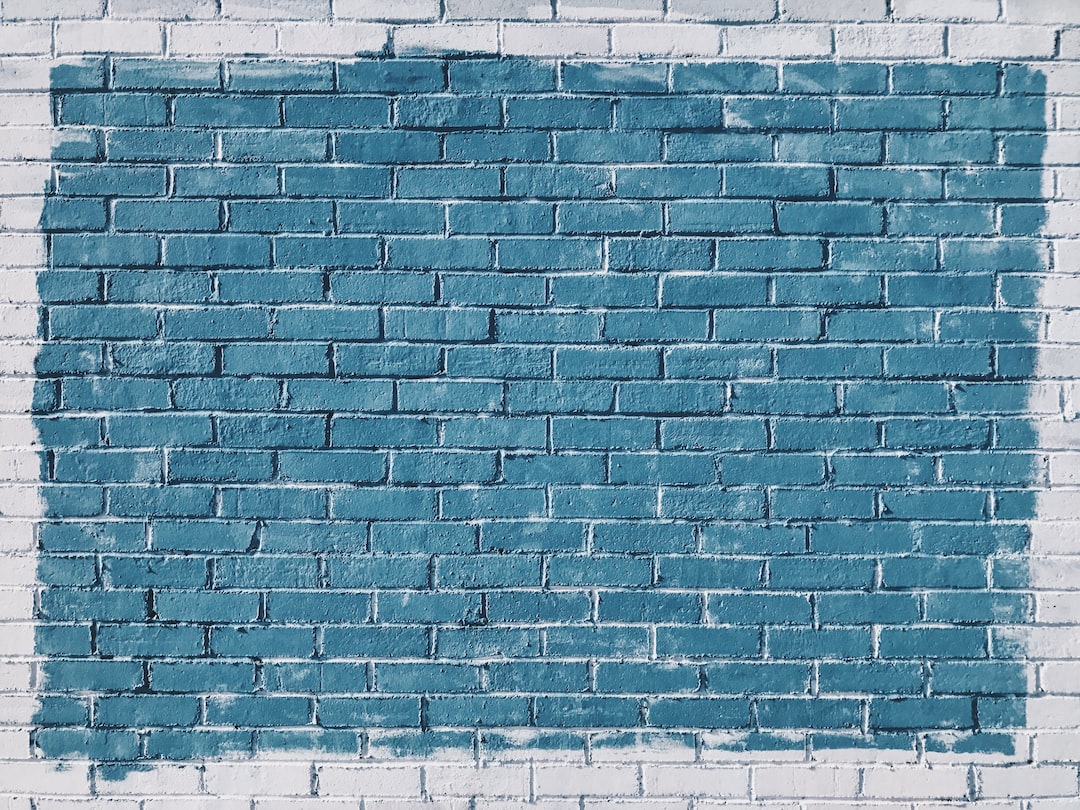Preserving Mosaic Art: Challenges and Conservation Techniques
Mosaic art, with its intricate patterns and vibrant colors, has been a renowned form of expression for centuries. From ancient Greek and Roman civilizations to modern-day masterpieces, mosaic art continues to captivate enthusiasts and art historians alike. However, the preservation of these magnificent works presents several challenges, requiring careful planning and specialized conservation techniques. In this article, we will delve into the difficulties faced in preserving mosaic art and explore some of the techniques employed to protect and restore these invaluable creations.
One of the primary challenges in preserving mosaic art is the natural decay that occurs over time. Mosaic artworks are often exposed to environmental factors such as sunlight, temperature variations, and humidity, which can cause the degradation of materials. Additionally, human activities and urban development pose threats to the integrity of these artworks. Therefore, experts must undertake meticulous conservation efforts to minimize any further damage.
Conservation techniques for mosaic art involve a multi-step process. Firstly, experts conduct thorough research and documentation of the original piece, including analyzing its historic context. This step not only helps in understanding the artwork’s significance but also assists in formulating appropriate restoration plans. Your Shopping Cart
After accurate documentation, the next step involves cleaning the mosaic surface. This process requires great precision to avoid causing any harm to the original materials. Conservators use specialized tools, such as soft brushes and gentle solvents, to remove dirt, dust, and any other unwanted substances from the mosaic’s surface. Care must be taken to ensure that this cleaning process does not alter the original colors or patterns.
Once the cleaning phase is complete, conservators evaluate the damages that require intervention. In cases where individual mosaic tesserae or small sections are missing, meticulous reintegration is required. These missing parts are replaced with carefully selected matching materials, a technique known as inpainting. Experts aim to achieve a seamless integration, ensuring minimal visual disruption to the original artwork.
In instances of extensive damage, more complex conservation techniques are employed. Delicate and intricate mosaics may require the process of micro-mosaic reintegration, where minuscule mosaic pieces are individually crafted and positioned to recreate the missing sections. This technique demands exceptional skill and attention to detail to maintain the harmony of the original design.
To ensure the longevity of mosaic artworks, preventive measures are also essential. Museums and art institutions must control environmental conditions, such as temperature, lighting, and humidity, in display areas. This helps to slow down the natural deterioration process and protect the mosaics from light-induced fading or discoloration.
Furthermore, educating the public about the importance of mosaic art preservation plays a crucial role. Raising awareness can aid in preventing vandalism, damages caused by improper handling, or excessive tourism. By instilling a sense of appreciation and responsibility, we can contribute to the safeguarding of these culturally significant artworks.
In conclusion, preserving mosaic art is an intricate and delicate task, demanding specialized knowledge and skills. With ongoing research and advances in conservation techniques, art professionals strive to protect and restore these magnificent mosaic creations. By implementing careful cleaning, restoration, and preventive measures, we can ensure the longevity of these artistic treasures for generations to come. Your Shopping Cart

